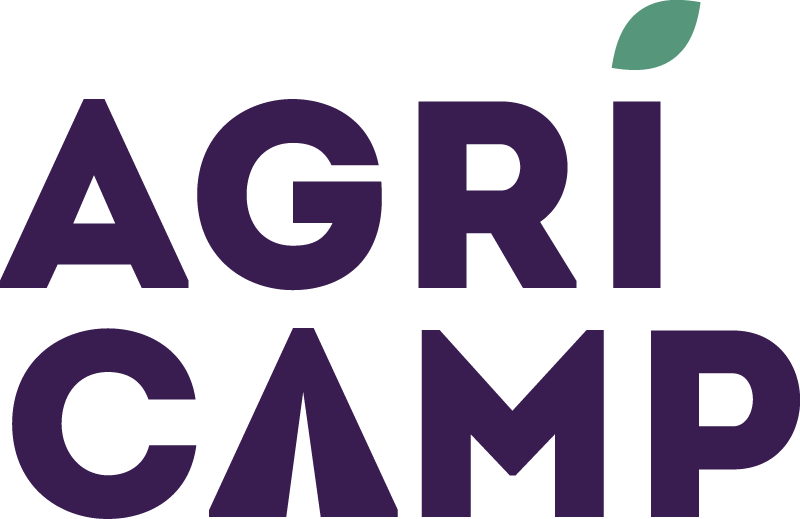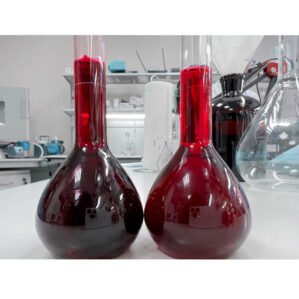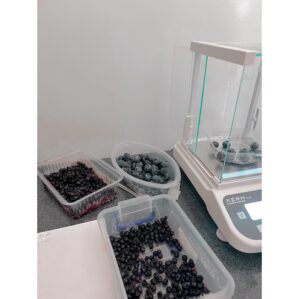Research Title: Obtaining natural food colorant
Student-Researcher: Mariam Zakharyan, ANAU Faculty of Agronomy, Department of Agronomy, Selection, Genetics
Scientific Supervisor: Zara Harutyunyan, PhD, Biological Research Laboratory of ANAU Agro-Biotechnology Scientific Center Branch
Research Objective: The purpose of the research was to compare the quality of wild blueberry fruits common in Armenia and the fruits available in the market, study of blueberry fruits: the content of ascorbic acid, sugars, dry substances and anthocyanins to obtain natural food dyes from blueberry fruits.
Research Results:
- On October 27, 2022, the student participated in the II International Research Conference entitled “Sustainable development of agriculture, environmental safety and energy efficiency” (EESTE-II-2022) and made presentation on the topic of “Determination of Bioactive Compounds of Vaccinium myrtillus in Armenia”.
Story Behind the Research:
The AGRI CAMP Program Grantee Mariam Zakharyan wants Armenia’s science sector to develop so much that even fairy-tale dreams come true.
Why did you decide to choose this research topic?
- The choice of topic was primarily due to the lack of home-made natural food dyes. As an alternative, we offer natural food dye from the fruits of the wild blueberry, Vapcinium Myrtillus, common in Armenia.
- Wild blueberry plants common in Armenia are not well studied. However, blueberries are high in tannins and pigments. It is used as a natural dye in the technical processing of fruits and berries. The pigment found in blueberries has not been sufficiently studied yet. It is called myrtiline (C 22 H 22 O 11). It is a glucoside, a compound of myrtilidine (C 16 H 12 O 7) and unspecified sugar. Blueberry juice is dark red in color. Berries contain sufficient amounts of pectin, so blueberries are successfully used in the production of boiled jelly and other industries of food and flavoring industry.
How did your initial assumptions change during the process of research?
- The research is not over yet, but I do hope that the chosen topic can become a production idea. Studies have shown that the wild blueberry species common in Armenia has a much richer chemical composition than other species in the market. Therefore, it can really be used as a dye.
What new experiences have you obtained through participation in the AGRI CAMP Program?
- Due to this research, I became convinced that in Armenia we have a very rich flora that can and should be used in a variety of fields.
- Thanks to the AGRI CAMP’s student research grant program, I gained experience of working in a laboratory, where I had a chance to perform various measurements, prepare solutions, propagate plants in vitro, etc.
- Moreover, I am currently processing and summarizing data for the publication of my first scientific
How does the scientific environment contribute to the research process?
- The main research work is carried out at the ANAU Biological Research Laboratory, as well as at the EVN Wine Academy.
- We plan to test the obtained dye in ANAU Bread, Confectionery and Chocolate Training Laboratory․
How will the successful completion of the research affect your future professional career?
- I am sure that in whatever direction I continue my professional career, I will do it for the sake of strengthening our country. I would like to do something that will contribute to the development of domestic production. Within the framework of this grant program I gained important knowledge and experience to continue my scientific career, for which I am very grateful to the AGRI CAMP Program.





